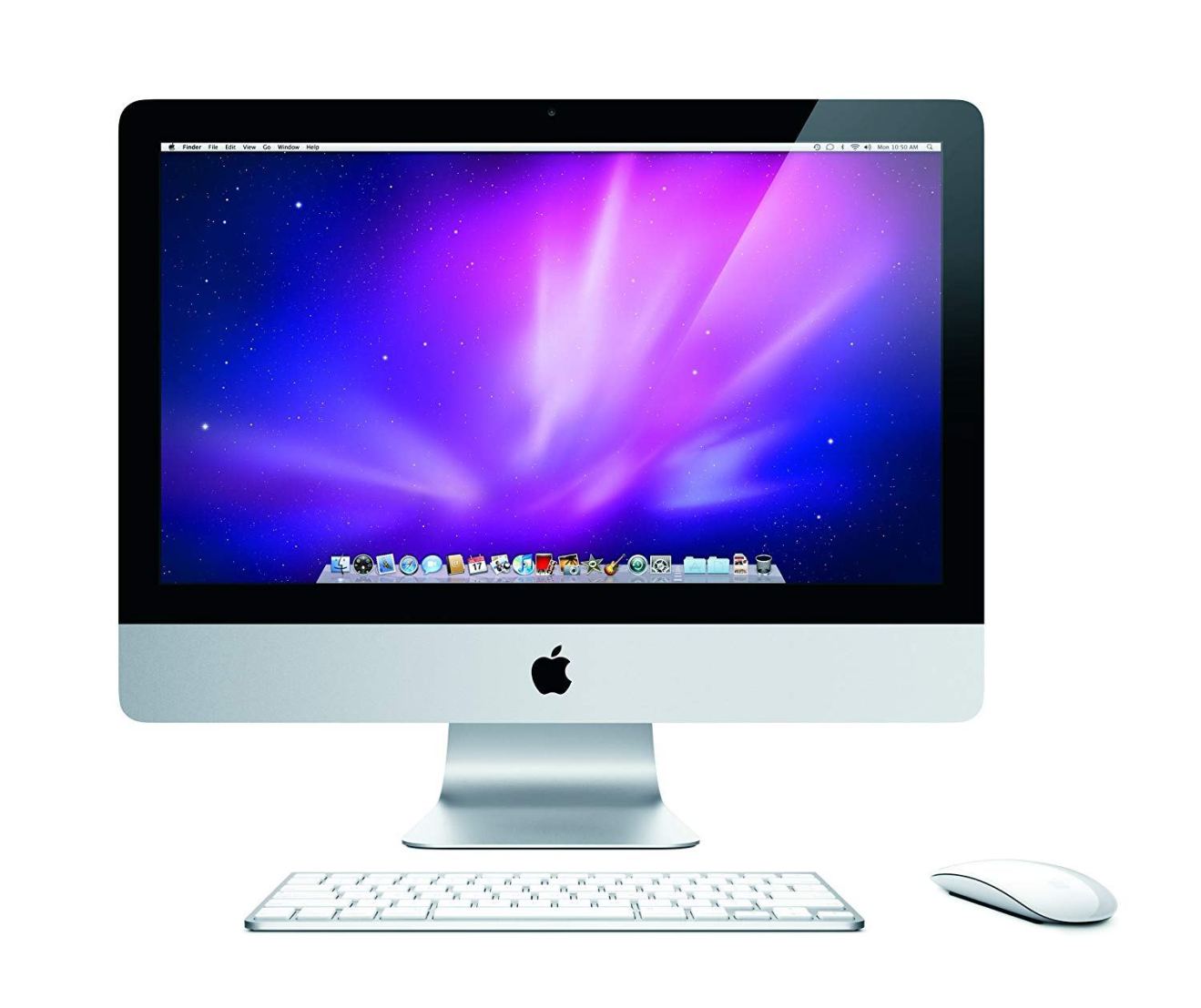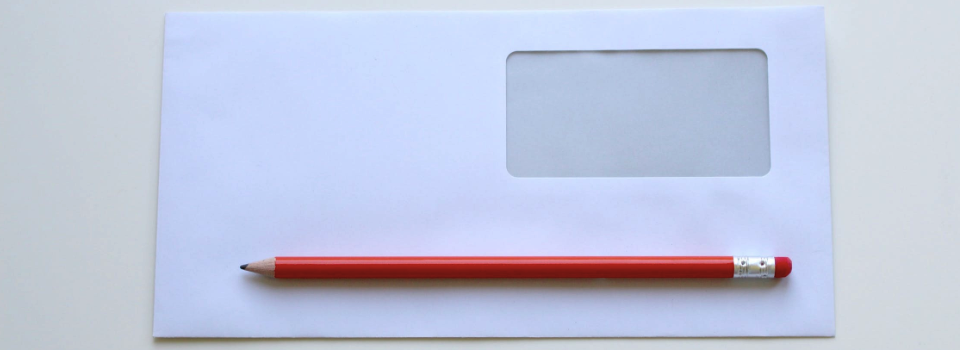Is your Mac complaining about the lack of space on your Time Machine drive?
While you could solve the problem by investing in a bigger, better hard drive, you can often save some money by taking a critical look at exactly what you’re including in your Time Machine backups.
Most of the time, you can re-download a significant portion of your Mac’s content from places like the App Store, or third party storage services like DropBox or Google Drive, so if you’re running low on space, then you should prioritize the content that can’t be recovered so easily.
In this article, I’m going to show you how to exclude specific files, folders and apps from your Time Machine backups, so you won’t need to splash out on a new drive. Plus, by reducing the size of your backups, you’ll be able to create them faster and retain them for longer, as Time Machine will be able to squeeze more backups onto your external drive.
What should I exclude?
While it varies from users to user, a good place to start is by excluding some, or all of the following:
- Content that’s already backed up to an external service, such as iCloud, Google Drive or DropBox, or physical storage, such as a USB drive.
- Content that you’ve purchased from an online store and can easily re-download at any point, such as iTunes content or Steam games, which are typically stored in ~/Library/Application Support/Steam/SteamApps.
- Media that you’ve ripped from DVDs or CDs, assuming you still have access to the original discs.
You can easily re-download this content, or copy it back to your Mac in the event of data loss or hard drive failure, so ask yourself: what’s the benefit to including all of this in my Time Machine backups?
You may also want to exclude the contents of your ‘Downloads’ folder, as for most of us this folder is a dumping ground for files we vow to sort through later, only to wind up deleting the next time we need to recover some space on our hard drive.
If you’ve created any virtual machines using a program such as VirtualBox, then you may want to exclude these from your backups, as emulated operating systems tend to be on the hefty side!
Finally, if your Mac includes particularly sensitive content, then this may also be a candidate for exclusion. A Time Machine backup is essentially a copy of your content that exists outside of your Mac’s hard drive, which can be a privacy and security concern for some users.
Check what Time Machine is excluding by default
Even though you can pick and choose specific items to exclude from your backups, Time Machine excludes a list files and folders by default, for example the contents of your ‘Trash’ folder and caches typically aren’t included in Time Machine backups.
Since you don’t want to waste time manually editing your Time Machine settings to exclude content that’s already excluded by default, you should review exactly what macOS is already leaving out of your Time Machine backups.
Helpfully, macOS generates a text file that lists all the files, folders and apps that Time Machine is already ignoring:
- Open a new ‘Finder’ window.
- Select ‘Go > Go to Folder…’ from the ‘Finder’ toolbar.
- In the subsequent popup, enter the following path:
/System/Library/CoreServices/backupd.bundle/Contents/Resources/
- Click the ‘Go’ button.
- Control-click the ‘StdExclusions.plist’ file and select ‘Open with > TextEdit.’
This file lists all the items that Time Machine is currently excluding, in the following format:
<array>
<string>/.MobileBackups</string>
<string>/MobileBackups.trash</string>
<string>/.MobileBackups.trash</string>
<string>/.Spotlight-V100</string>
<string>/.TemporaryItems</string>
While this might look complicated, ‘String’ is essentially just a technical term for a piece of text, and an ‘array’ is a list of related strings.
This file also contains comments that provide context for each array, for example: “paths where we need to capture top level folder to restore disk structure, but don’t want to backup any contents.”

Even if Time Machine is including an item in its backups, it may not be including every single piece of content that’s related to this item. For example, iTunes’ cache and your Google Chrome whitelist and blacklist tend to be excluded by default, as all this information can be easily re-downloaded the next time you connect to the Internet.
You can review the list of files that individual programs are excluding from your Time Machine backups:
- Open a Finder window, and navigate to ‘Applications > Utilities > Terminal.’
- Copy/paste the following command into the Terminal window:
sudo mdfind “com_apple_backup_excludeItem = ‘com.apple.backupd'”
- Press the ‘Enter’ key on your keyboard.
- When prompted, enter your admin password.
The Terminal will now display a list of all your excluded files.
Exclude any folder from your backups
Once you know what apps, folders and files Time Machine is already excluding from your backups, you can start adding to this list:
- Navigate to ‘System Preferences… > Time Machine.’
- Click the little padlock icon in the bottom-left, and enter your admin password when prompted.
- Give the ‘Options…’ button a click.
- To add an item to Time Machine’s ‘Exclude’ list, select the ‘+’ button.
- Navigate to the file, folder or application that you want to exclude from your backups, and then click ‘Exclude.’ Note that if you select a folder, then the entire contents of that folder will be ignored, so if you wanted macOS to exclude all applications from your backups, then you’d simply need to select the ‘Applications’ folder and then click ‘Exclude.’

- As you add items to this list, Time Machine will attempt to estimate the size of subsequent backups, so keep an eye on the ‘Estimated size….’ value.
- Once you’re happy with all the items you’ve selected, click ‘Save.’
Resume backing up items
If you change your mind and want to resume including an app, folder or folder in your Time Machine backups:
- Navigate to ‘System Preferences… > Time Machine.’
- Give the ‘Options…’ button a click.
- Select the item you want to include in your Time Machine backups, and then click the little ‘-’ button.
- Click ‘Save.’
Monitor the size of your backups
If you’re concerned that the size of your backups might spiral out of control again, then Time Machine can notify you whenever an old backup is deleted. Since old backups get deleted to make room for newer ones, this notification provides an indication about just how quickly your external drive is filling up. If the time inbetween these notifications is shrinking, then this usually means the size of your backups is on the rise.
To enable this feature:
- Navigate to ‘System Preferences… > Time Machine > Options.’
- Select the ‘Notify after old backups are deleted’ checkbox.
- Click ‘Save.’
Before you go
After spending over 20 years working with Macs, both old and new, theres a tool I think would be useful to every Mac owner who is experiencing performance issues.
CleanMyMac is highest rated all-round cleaning app for the Mac, it can quickly diagnose and solve a whole plethora of common (but sometimes tedious to fix) issues at the click of a button. It also just happens to resolve many of the issues covered in the speed up section of this site, so Download CleanMyMac to get your Mac back up to speed today.








Add Comment